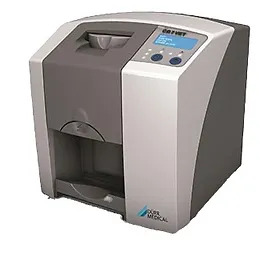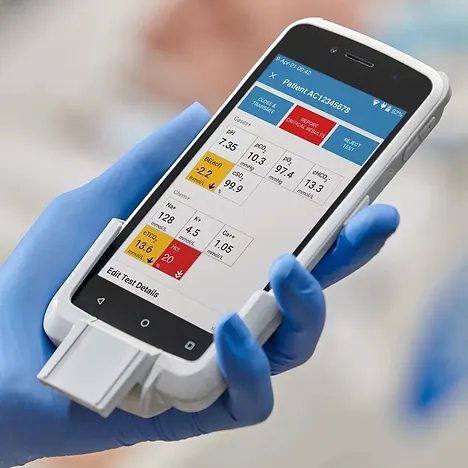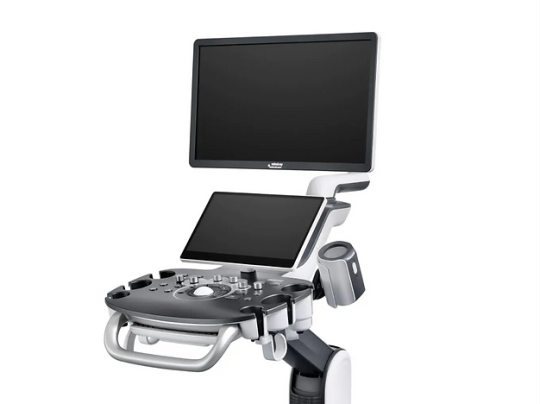Vet Trade is a free-to-use platform where veterinary professionals can easily connect with Australian suppliers for a wide range of veterinary products and services.
Don't wanna be here? Send us removal request.
Text
0 notes
Text
Importance of Veterinary Laser and X-Ray for Modern-Age Animal Radiography
Innovations in technology have completely changed how we diagnose and treat animals in the modern veterinary era. Veterinary laser and X-ray technologies are among these developments that have become indispensable for animal radiography. They provide major advantages to veterinarians and pet owners alike. Read on to know the significance of these technologies and how they can enhance overall animal care, treatment outcomes, and diagnostic accuracy.

Significance of Veterinary Laser and X-Ray for Radiography
Enhanced Diagnostic Accuracy
One of the primary benefits of veterinary laser and X-ray technology is their ability to improve diagnostic accuracy. Traditional methods of diagnosis frequently relied on physical examinations and external symptoms, which could result in misdiagnosis or delayed treatment. However, with the introduction of laser and X-ray imaging, veterinarians can now see the internal structures of animals with incredible clarity.
X-Ray Imaging
Veterinary professionals can obtain precise images of an animal's internal organs, joints, and bones using radiography, commonly referred to as X-ray imaging. This is especially helpful in the diagnosis of tumours, fractures, and other abnormalities of the skeleton. These technologies can identify foreign objects that animals have consumed, allowing for prompt intervention. Veterinary X-rays give veterinarians a clear picture of an animal's internal structures, which helps them diagnose diseases and create efficient treatment regimens.
Laser Imaging
Laser imaging can be considered a relatively new addition to the veterinary diagnostic toolkit. It is especially useful for soft tissue imaging and detecting conditions that cannot be seen with X-rays. Laser imaging, for example, can aid in the detection of cartilage damage, ligament injuries, and other soft tissue issues that may be causing pain or mobility problems in animals. The precision of laser imaging enables early detection and intervention, increasing the likelihood of successful treatment.
Improved Treatment Outcomes
Utilising X-ray and laser technologies in veterinary medicine not only facilitates diagnosis but also greatly enhances treatment results. Effective treatment begins with an accurate diagnosis, and these technologies give veterinarians the knowledge needed to develop individualised treatment regimens for all animals.
Minimally Invasive Procedures
One of the primary advantages of laser technology in veterinary medicine is its use in minimally invasive procedures. Laser surgery, for example, provides a less invasive alternative to traditional surgical procedures. Veterinary laser therapy involves making precise incisions with focused laser beams, which reduces bleeding, pain, and recovery time for animals. This is especially useful for delicate surgeries involving the eyes or ears, where precision is required.
Enhanced Rehabilitation
Technologies like X-rays and lasers are also essential for tracking the effectiveness of therapy and recovery. Frequent imaging enables vets to evaluate an animal's healing progress and modify a treatment plan as needed. This is especially crucial for chronic illnesses as well as orthopaedic injuries that call for long-term care. Veterinarians can guarantee that animals receive the best care and heal more quickly by closely monitoring the healing process.
Improved Animal Care
Beyond diagnostic and treatment benefits, incorporating laser and X-ray technologies into veterinary practice improves overall animal care. These advancements help to raise the standard of veterinary medicine, ensuring that animals receive the best possible care.
Reduced Stress and Anxiety
Having a clear diagnosis and a successful treatment plan for their pets can greatly lessen stress and anxiety for pet owners. Peace of mind comes from knowing that their pets are getting the best care possible and that any problems can be identified early and promptly resolved. Pet owners' worries are further allayed by the fact that laser technology enables minimally invasive procedures that result in less pain, stress, and faster recovery for animals.
Advancing Veterinary Medicine
Progress in veterinary medicine is also propelled by the extensive use of veterinary X-ray and laser technologies. As more vets use these instruments in their work, they add to the expanding corpus of information and experience. This ultimately results in better treatment protocols, new technique development, and improved animal outcomes.
Most modern veterinary clinics and professionals consider veterinary laser and X-ray technologies as essential tools for animal radiography. Their ability to improve diagnostic accuracy, treatment outcomes, and overall animal care highlights their value in veterinary medicine. As these technologies progress, they hold the promise of even greater advances in the diagnosis and treatment of animal health issues. This ensures that our furry companions receive the best possible care.
0 notes
Text
https://www.vettrade.com.au/categories/dental-x-ray

Veterinary X-Ray | Dental X-ray | Vet Trade
0 notes



